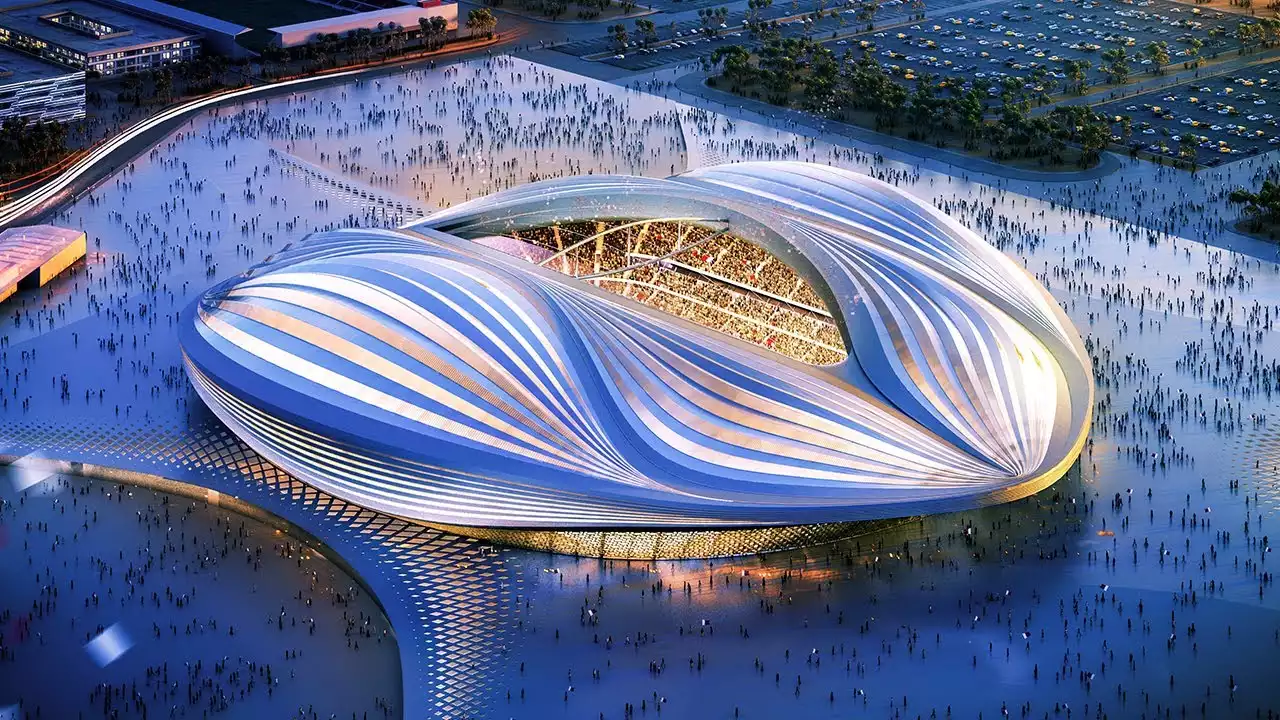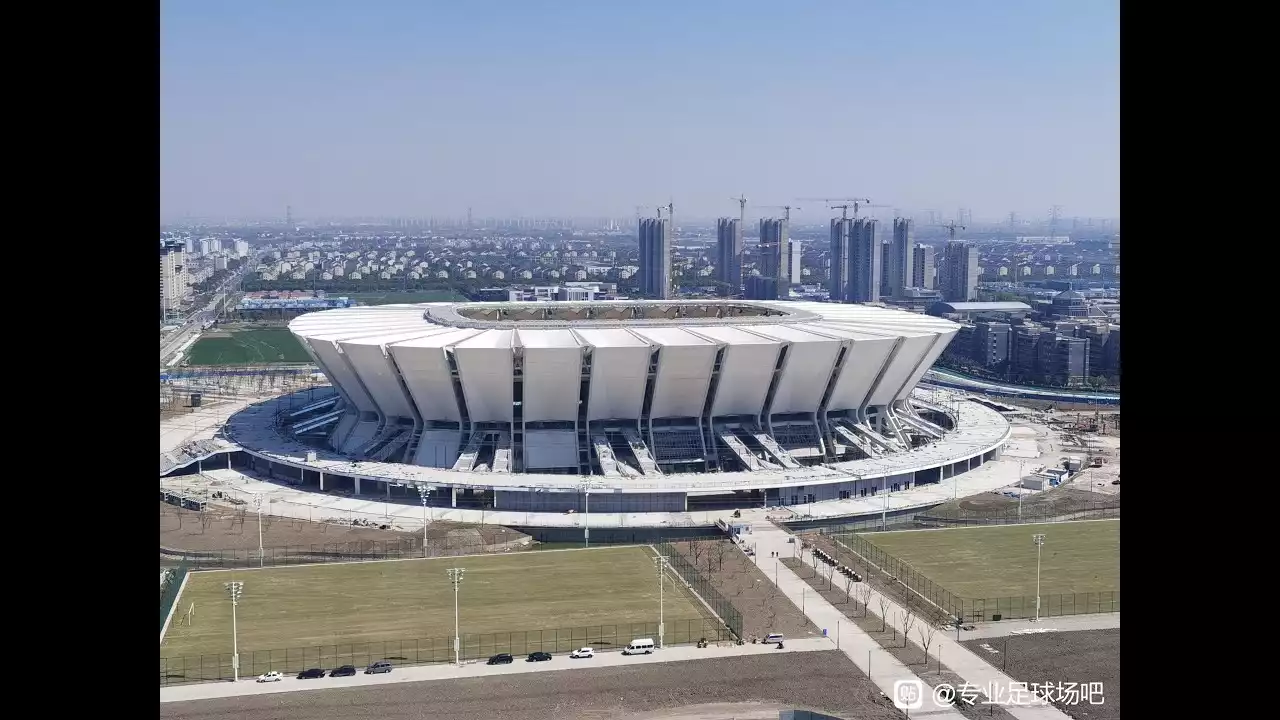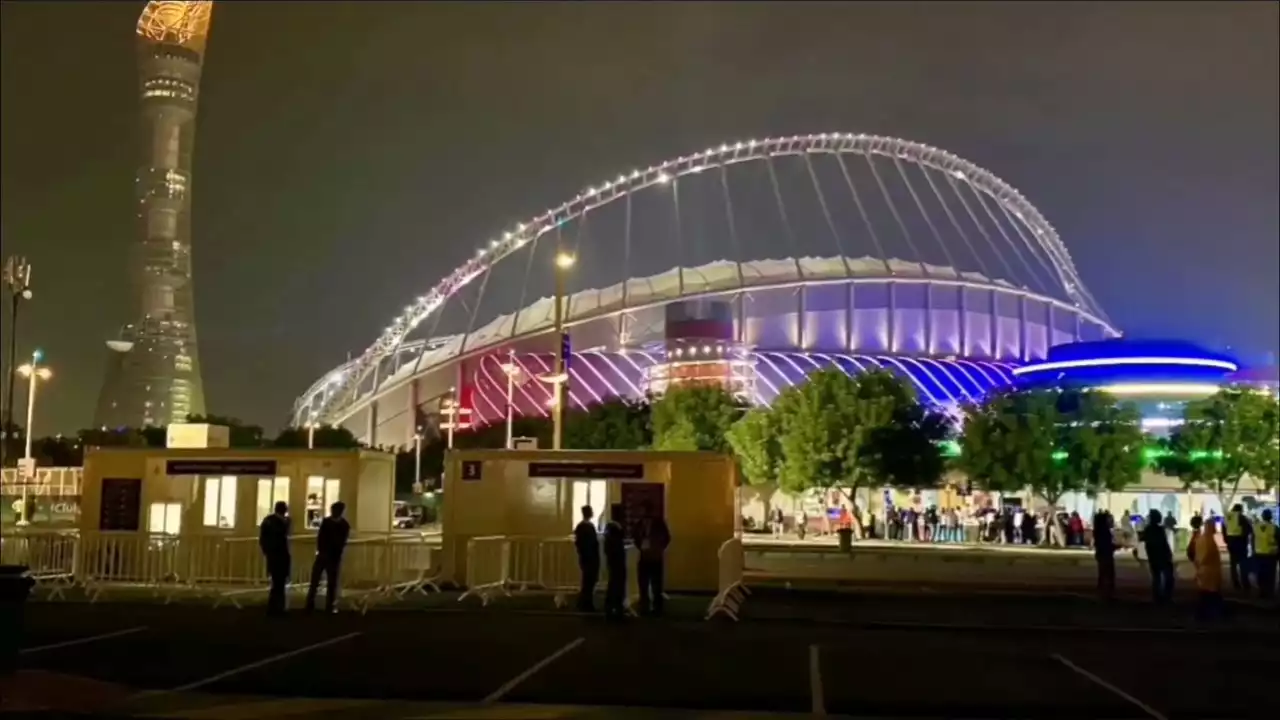Importance of Architectural Design in Stadiums
Architectural design plays a crucial role in stadiums, going beyond mere functionality. It sets the stage for unforgettable experiences and captures the essence of a nation's culture. The stadiums featured in this article are not just venues for football matches; they are works of art that reflect the aspirations and identity of their host cities.
These stadiums serve as iconic landmarks, drawing visitors from around the world. The fusion of sports and design creates a unique atmosphere, enhancing the overall experience for athletes and spectators alike. By showcasing architectural excellence, these stadiums contribute to the legacy of the AFC Asian Cup and leave a lasting impression on all who visit them.
Stadium 1: Al Wakrah Stadium, Qatar
Located in the city of Al Wakrah, Qatar, this stadium is a true architectural gem. Designed by the renowned architect Zaha Hadid, it is a testament to her avant-garde style. The stadium's facade resembles the sails of a dhow, a traditional Arabian sailing vessel, paying homage to Qatar's rich maritime heritage.
Inside the stadium, you'll find state-of-the-art facilities that provide optimal comfort for spectators. The seating arrangement offers unobstructed views of the field, ensuring that every fan feels a part of the action. The roof, inspired by the intricate patterns of traditional Islamic architecture, provides shade and protection from the elements.
Al Wakrah Stadium's design also prioritizes sustainability. It incorporates innovative cooling technology, reducing energy consumption and creating a comfortable environment even in the scorching Qatari summers. The stadium's commitment to sustainability sets an example for future architectural projects worldwide.
Stadium 2: Hazza Bin Zayed Stadium, United Arab Emirates
Situated in the city of Al Ain, United Arab Emirates, Hazza Bin Zayed Stadium is a masterpiece of modern architecture. Its unique design is inspired by the traditional Emirati fortresses known as "Al Jahili". The stadium's exterior features a series of interconnected geometric patterns, creating a visually stunning facade.
Inside the stadium, you'll find a seamless blend of tradition and innovation. The use of natural materials, such as stone and wood, adds warmth and authenticity to the space. The seating arrangement ensures excellent sightlines from every angle, allowing spectators to fully immerse themselves in the game.
Hazza Bin Zayed Stadium also prioritizes sustainability, incorporating solar panels to generate clean energy. The stadium's commitment to eco-friendly practices aligns with the UAE's vision for a greener future. It serves as a shining example of how modern architecture can embrace tradition while embracing sustainability.
Stadium 3: Khalifa International Stadium, Qatar
Khalifa International Stadium, located in Doha, Qatar, is a true architectural marvel. Designed by renowned architect Albert Speer & Partners, this stadium stands as a symbol of Qatar's vision for the future. Its futuristic design features a retractable roof that allows for optimal natural lighting and ventilation.
The stadium's exterior is adorned with intricate geometric patterns inspired by traditional Islamic art and calligraphy. The thoughtful integration of cultural motifs creates a sense of place and pays homage to Qatar's rich heritage. Inside the stadium, fans are treated to world-class amenities, including spacious seating and state-of-the-art facilities.
Khalifa International Stadium's design also prioritizes sustainability. The stadium is equipped with a state-of-the-art cooling system that reduces energy consumption and creates a comfortable environment for players and spectators alike. Its commitment to sustainability sets a new standard for future stadium designs.
Stadium 4: Al Janoub Stadium, Qatar
Al Janoub Stadium, located in Al Wakrah, Qatar, is a true architectural marvel. Designed by the renowned architect Zaha Hadid, this stadium stands as a testament to her innovative style. Its unique shape, resembling a seashell, pays homage to Qatar's coastal heritage.
Inside the stadium, you'll find a seamless fusion of aesthetics and functionality. The seating arrangement ensures excellent sightlines, allowing fans to fully immerse themselves in the game. The stadium's retractable roof provides shade and protection from the elements, while the innovative cooling system maintains a comfortable temperature.
Al Janoub Stadium's design also incorporates sustainable features. The stadium uses solar panels to generate clean energy, reducing its carbon footprint. Its commitment to sustainability serves as a model for future stadium designs, showcasing the potential for environmentally-friendly architecture.
Stadium 5: Al Rayyan Stadium, Qatar
Located in Al Rayyan, Qatar, Al Rayyan Stadium is a true architectural wonder. Designed by the world-renowned architecture firm Ramboll, this stadium is a striking blend of aesthetics and functionality. Its unique facade features a lattice-like structure inspired by traditional Arabic patterns.
Inside the stadium, you'll find a world-class experience for both athletes and spectators. The seating arrangement ensures excellent sightlines, allowing fans to feel close to the action. The stadium's innovative cooling system provides a comfortable environment, even in the harshest desert conditions.
Al Rayyan Stadium's design also prioritizes sustainability. The stadium incorporates solar panels and rainwater harvesting systems, reducing its environmental impact. Its commitment to eco-friendly practices sets a new benchmark for stadium design, demonstrating that aesthetics and sustainability can go hand in hand.
Unique Architectural Features in Each Stadium
While each stadium on this list is a marvel in its own right, they share some common architectural features that set them apart. The use of sustainable materials and eco-friendly practices is a recurring theme, reflecting the growing importance of sustainability in modern architecture.
Cultural motifs also play a significant role in the design of these stadiums. From Islamic art and calligraphy to traditional Emirati patterns, these motifs add a sense of place and create a connection to the host cities' heritage. By incorporating these cultural elements, the stadiums become more than just sports venues; they become symbols of national pride.
Impact of These Stadiums on the Host Cities
The impact of these architectural wonders extends far beyond their aesthetic value. The AFC Asian Cup stadiums have transformed their host cities, leaving a lasting legacy. They have become iconic landmarks, attracting tourists and boosting the local economy.
These stadiums have also fostered a sense of community and national pride. They serve as gathering places for fans, bringing people together to celebrate the beauty of sport. The stadiums' grandeur and architectural excellence have become a source of inspiration for future generations, igniting a passion for design and innovation.
The AFC Asian Cup stadiums featured in this article are more than just sporting venues; they are architectural wonders that captivate the imagination. From the futuristic design of Khalifa International Stadium to the intricate details of Al Janoub Stadium, each venue offers a unique experience that celebrates the fusion of sports and design.
These stadiums serve as a testament to the creativity and vision of their architects, reflecting the aspirations and identity of their host cities. By prioritizing sustainability and incorporating cultural motifs, these stadiums have set new standards for future architectural projects worldwide.
As you explore these architectural wonders, you'll discover the intricate details that make each stadium a sight to behold. From the use of sustainable materials to the incorporation of cultural motifs, every aspect of these stadiums has been carefully thought out to create an unforgettable experience for both athletes and spectators.









